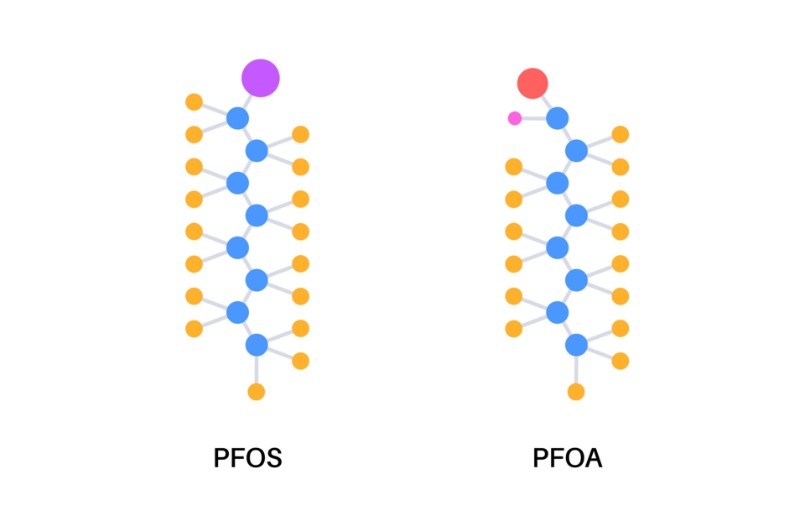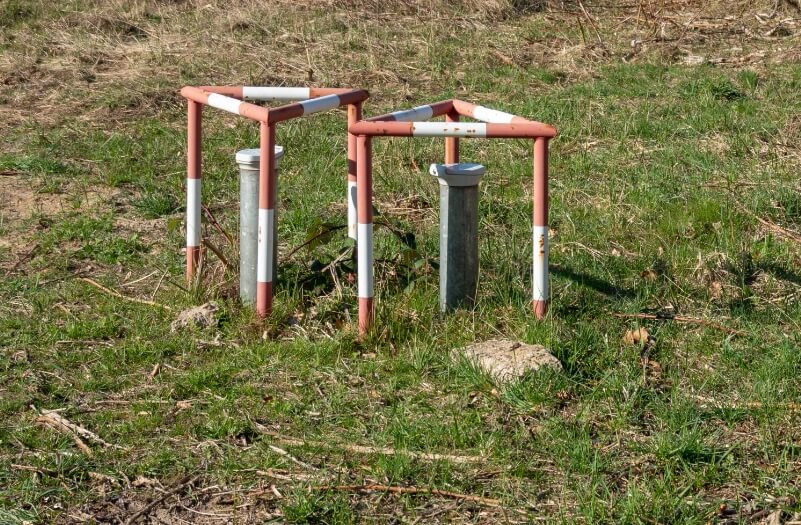PFAS in soil, groundwater and building fabric
A hidden risk for property owners and operators
PFAS: What is it?
Environmental impact of PFAS


Which sites can be affected by PFAS?
PFAS were also used in fire-fighting foams because they form a film that minimises oxygen ingress. These foams were used in particular for large fires and the necessary training exercises. As a result, there are often significant PFAS discharges from extinguishing foam at airports, after fires in fuel depots and the chemical industry as well as on fire training grounds. Older fire extinguishers can also contain PFAS-containing fire extinguishing foams (AFFF).
Our services
In order to recognise hidden risks for your property, we recommend appropriate investigations. We are happy to assist you with our expertise and many years of experience:
- Historical research on industrial production and suspected sites
- Carrying out soil and groundwater analyses
- Carrying out building substance investigations
- Concepts / feasibility studies for the remediation / protection of contaminated soil and groundwater
- Disposal concepts for contaminated soil and building rubble
- Preparation of work and safety plans for work in contaminated areas
- Expert supervision of remediation work
Duesseldorf
Locations & Directions
ELSBROEK INGENIEURE
Fürstenwall 172
D - 40217 Duesseldorf
Phone +49 (0) 211 9629 2524 0
Fax +49 (0) 211 9629 2524 9
Muenster
Locations & Directions
ELSBROEK INGENIEURE
Friedrich-Ebert-Straße 135-137
D - 48153 Muenster
Phone +49 (0) 251 777567-11
Fax +49 (0) 251 777567-20
